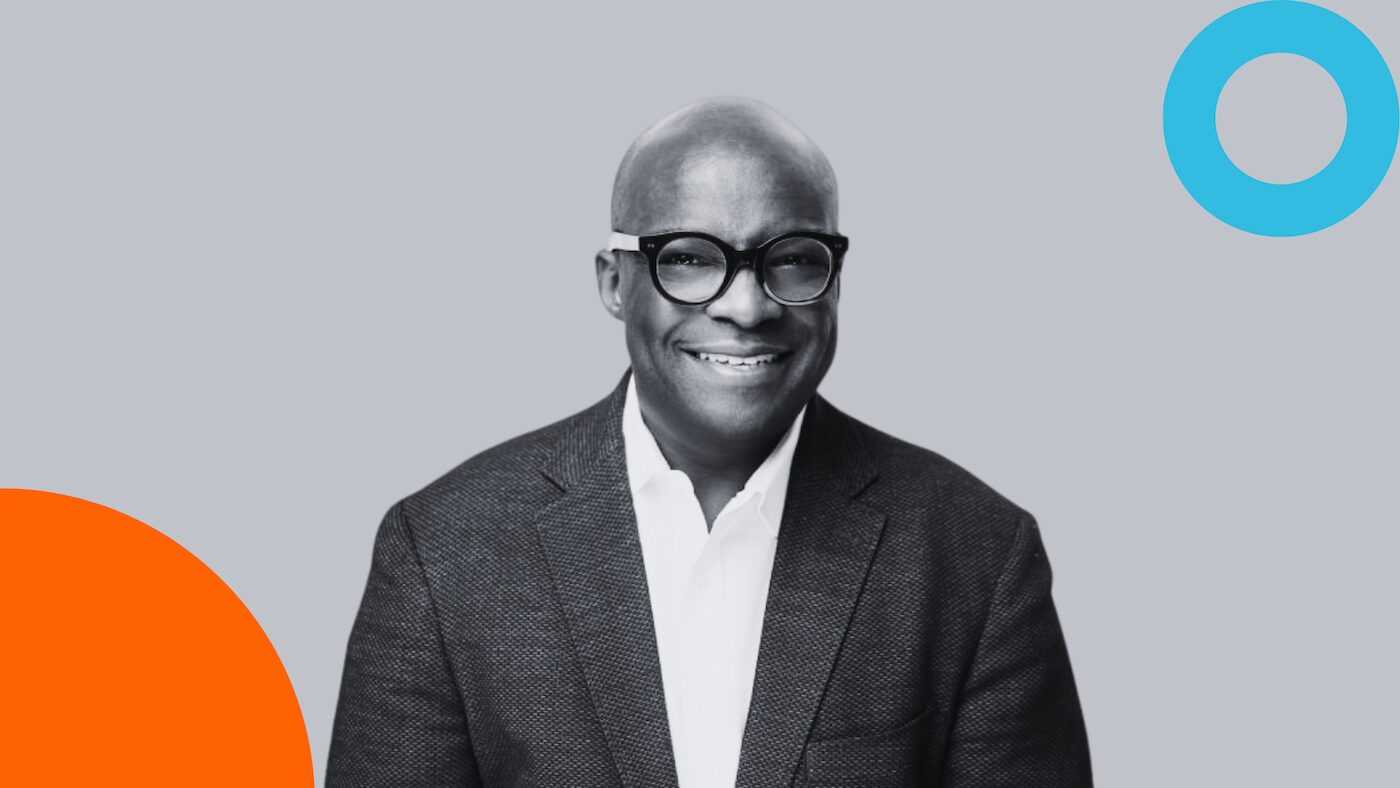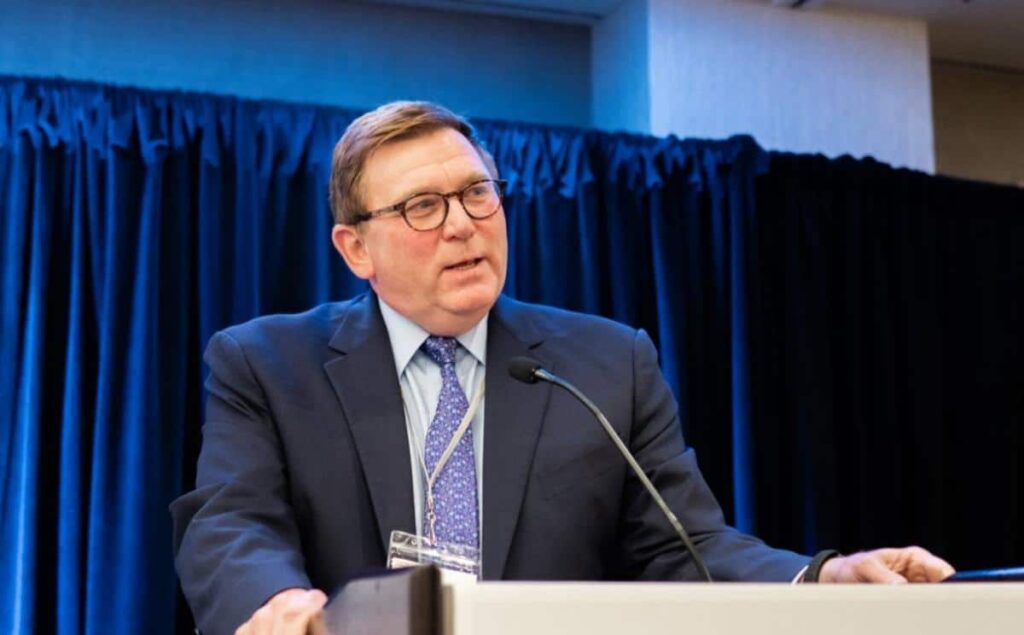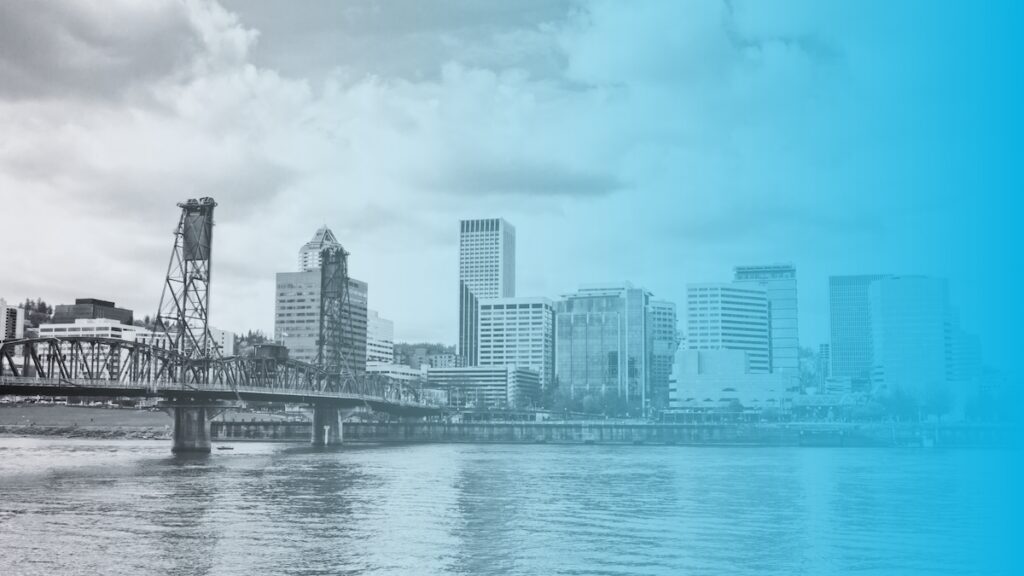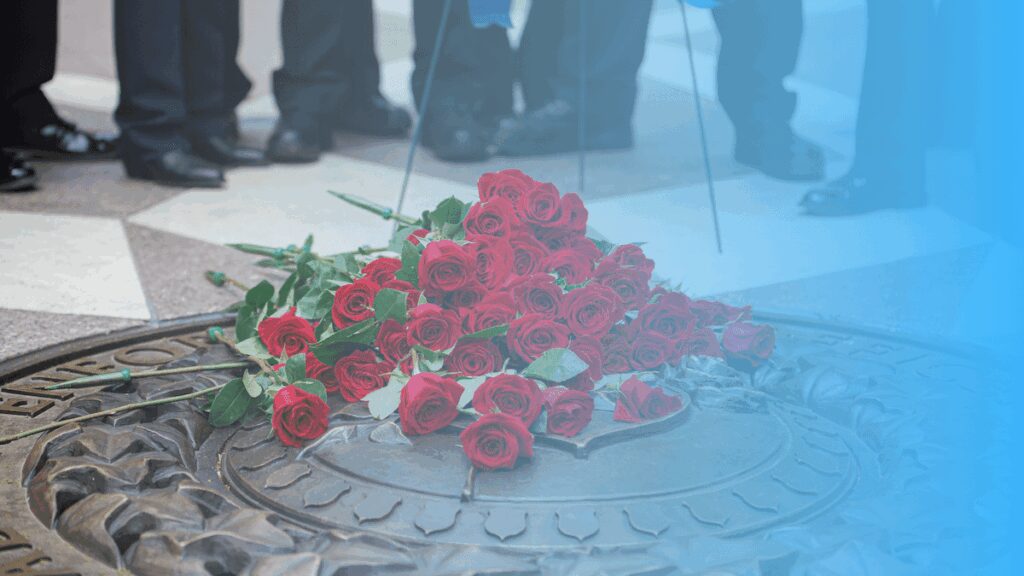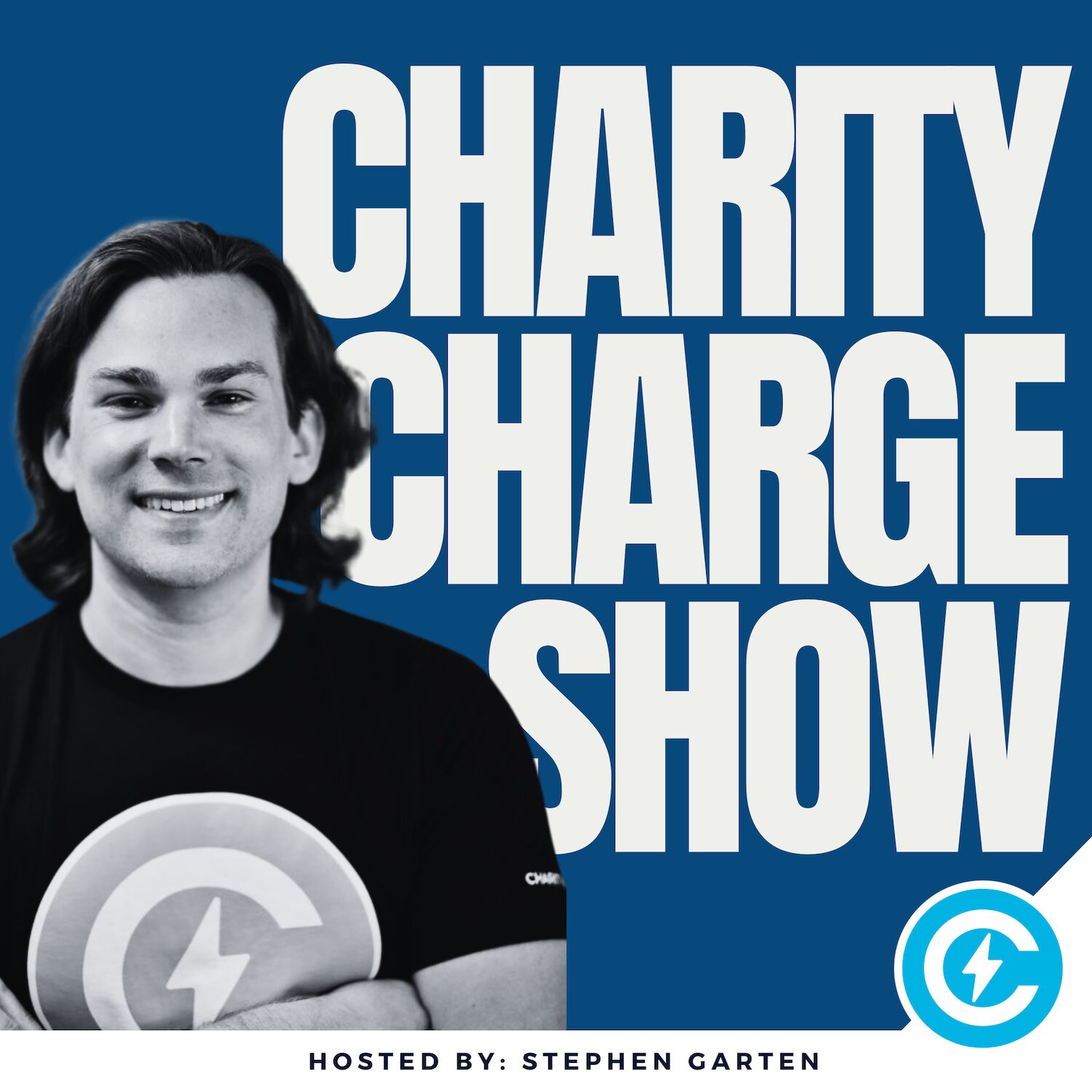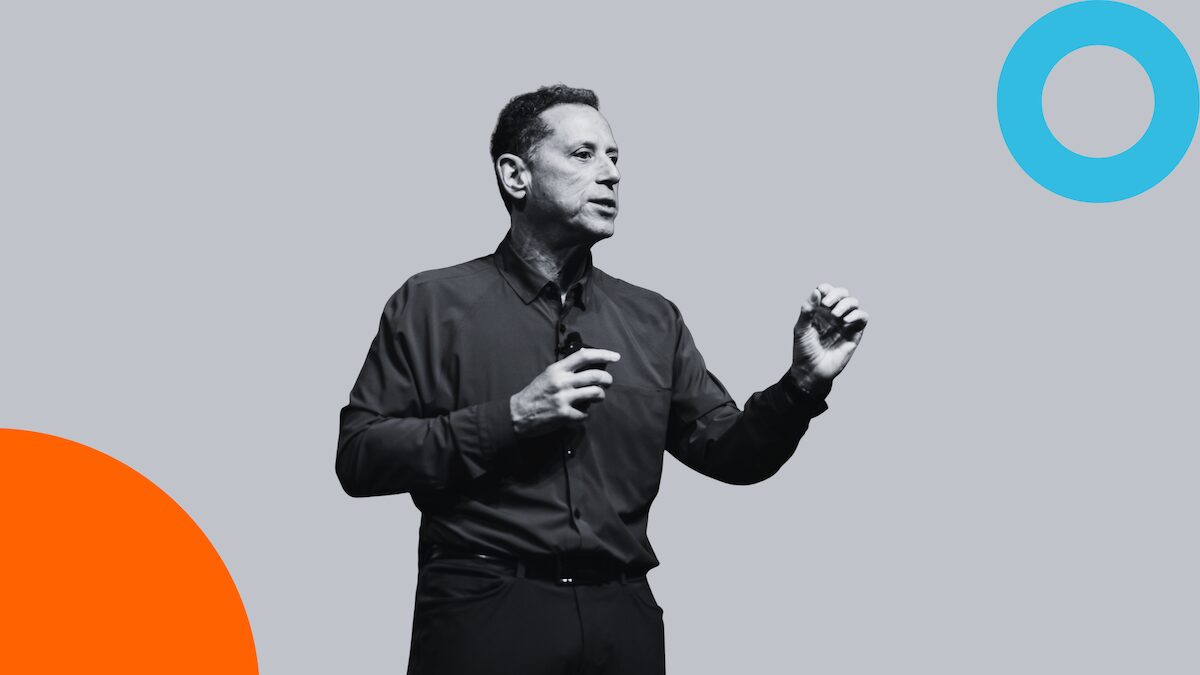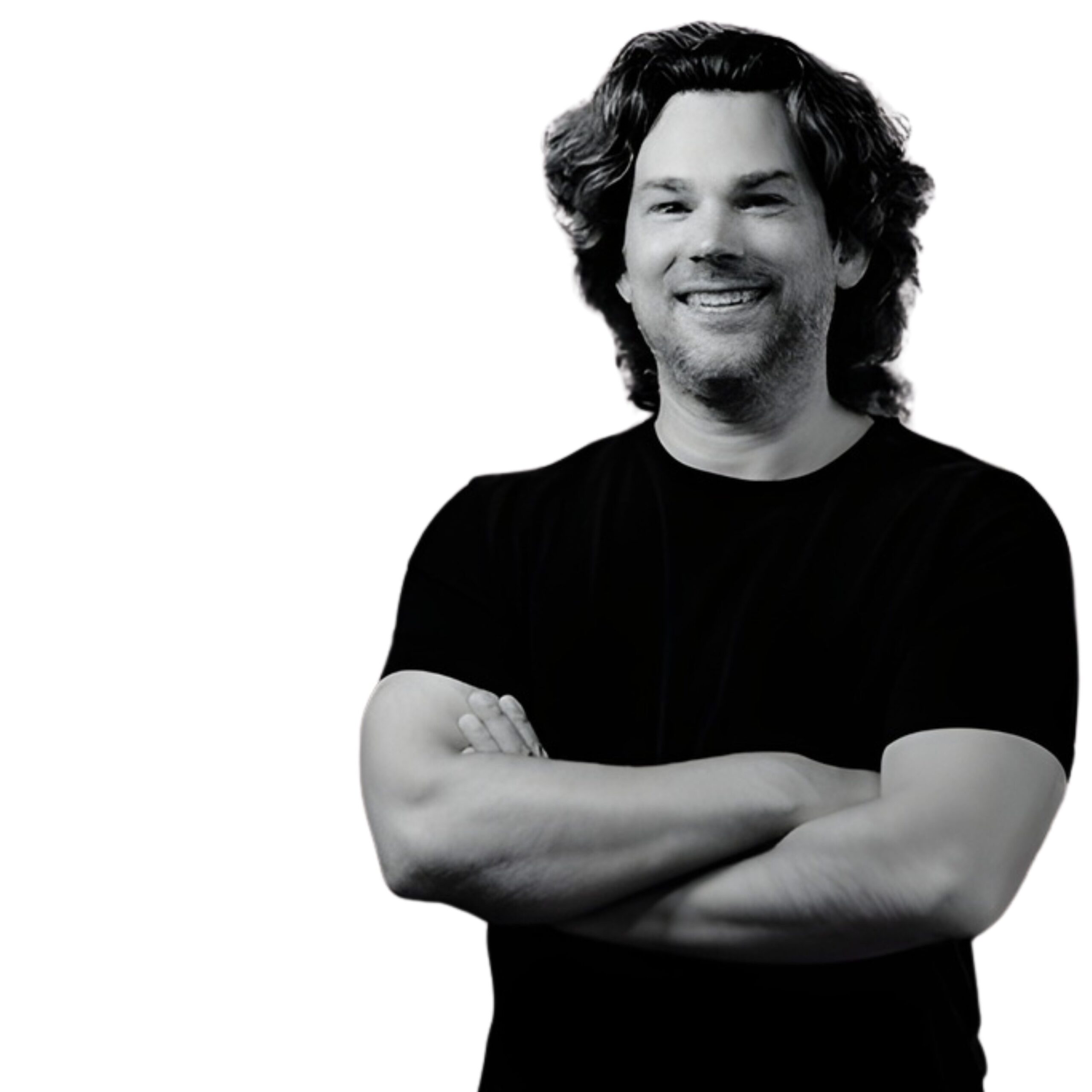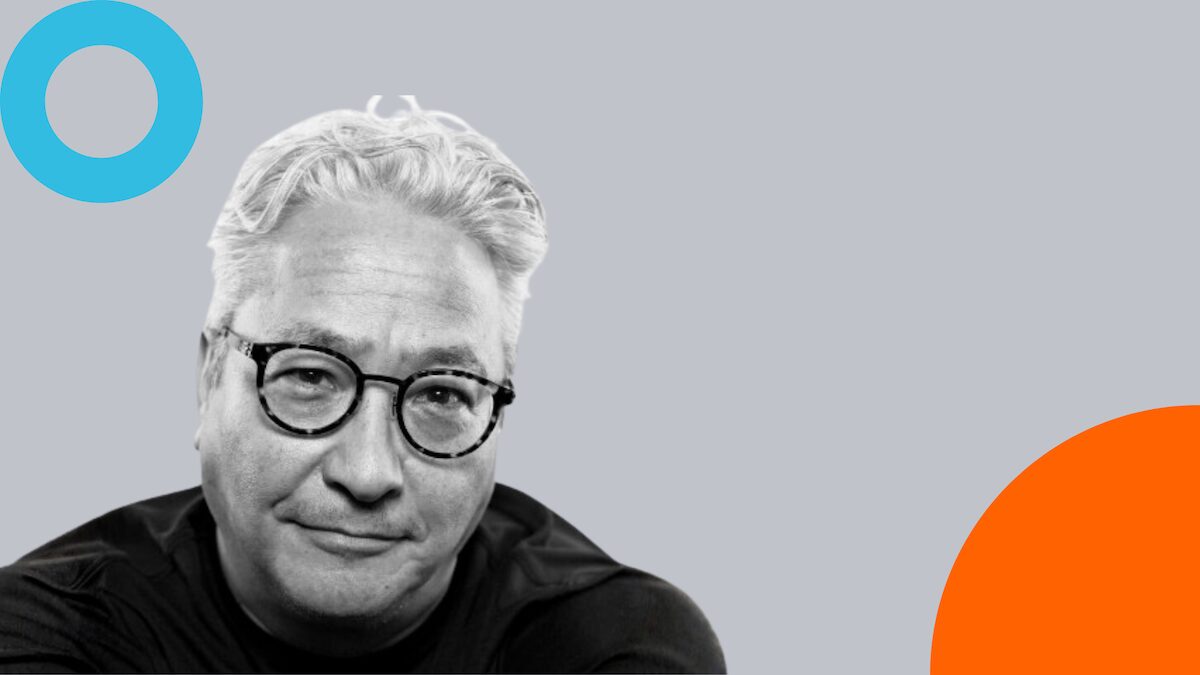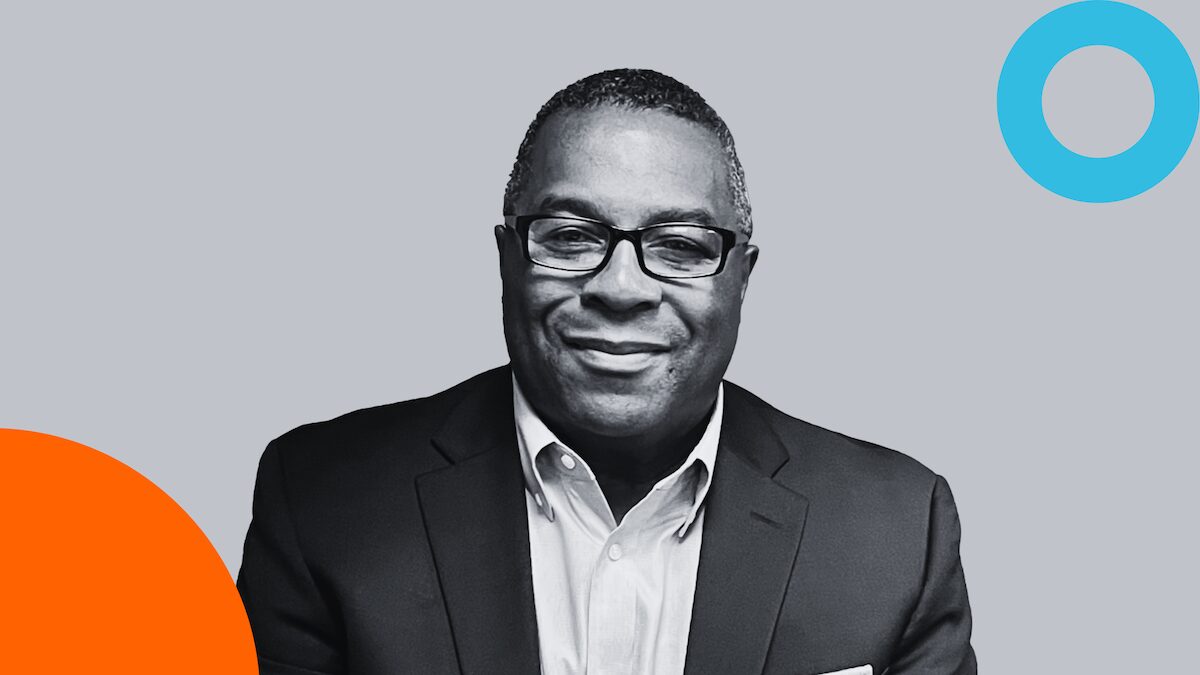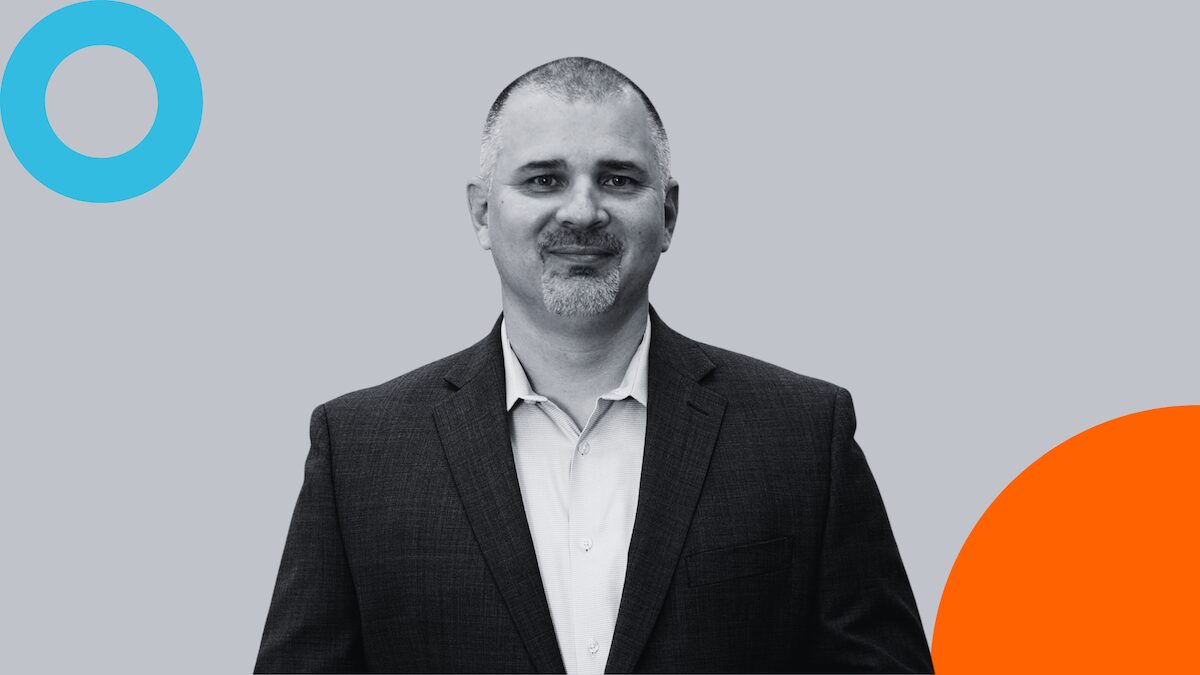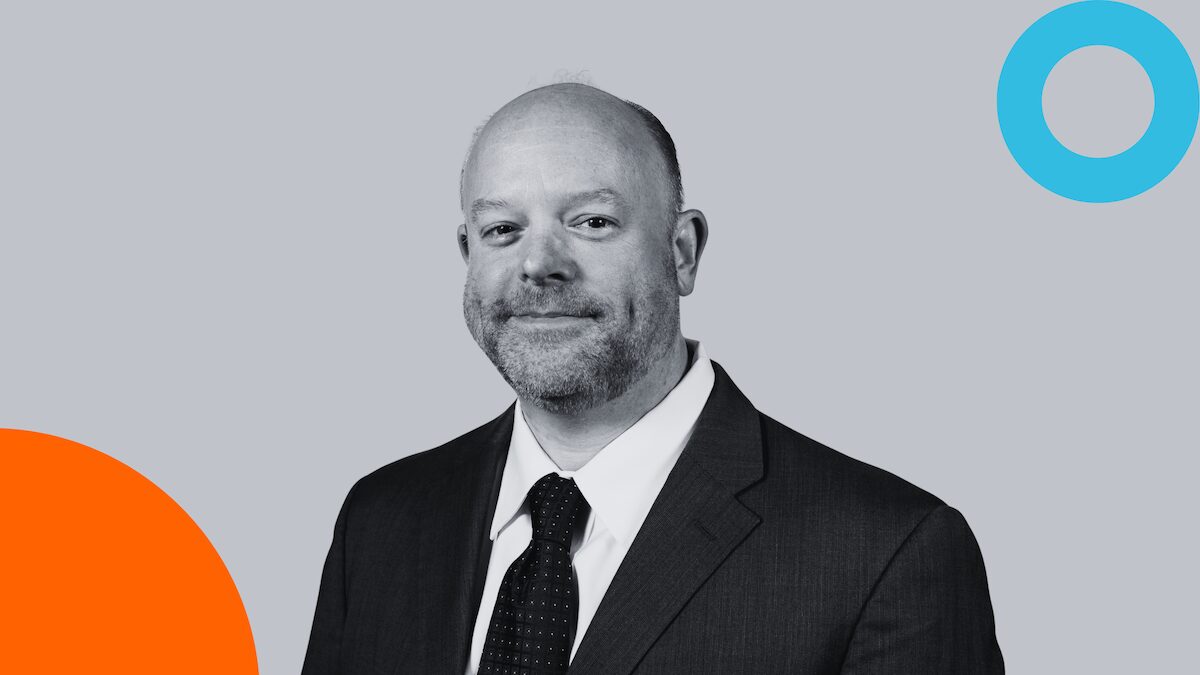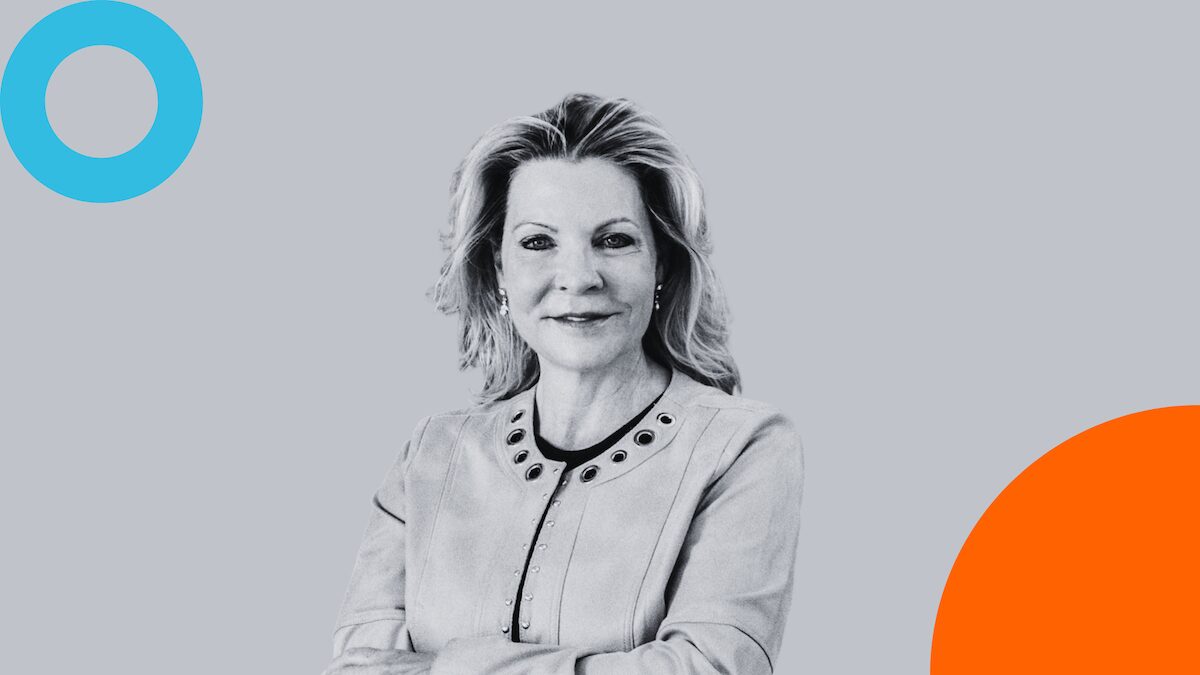In this episode of the Charity Charge Show, we speak with Cordell Carter, executive director of the Project on Belonging and founding director of the Festival of the Diaspora at the Aspen Institute.
Cordell’s career has spanned philanthropy, policy, leadership development, and international convenings. At the core of his work is one mission: connecting people across cultures, sectors, and geographies to spark collaboration and impact.
From his leadership of Aspen’s Project on Belonging to the Festival of the Diaspora’s global gatherings, Cordell champions cross-cultural connection and mentorship. In this conversation, he offers candid insights on the future of philanthropy, the urgent need for efficiency in nonprofits, and how humility in leadership can transform organizations.
He also unpacks why mergers may be the survival strategy nonprofits need, why funders should be bolder with long-term bets, and why partnerships with local governments often unlock new levels of sustainability.
Highlights from the Conversation
- Philanthropy should be more risk-taking. Foundations are too often risk-averse, forgetting that their role is catalytic, not conservative.
- Not every nonprofit needs to exist. Duplication drains resources. Funders can and should incentivize mergers and collaborations.
- Efficiency is survival. Leaders must be willing to cut, restructure, and refocus to protect the mission.
- Partnerships matter. Local government and community foundations are critical allies for long-term sustainability.
- Leadership is about humility. Creating upwardly mobile experiences for staff, retaining talent, and being willing to admit mistakes are all essential.
- Global belonging. The Festival of the Diaspora creates spaces for cross-cultural collaboration, highlighting innovation from often-overlooked leaders.
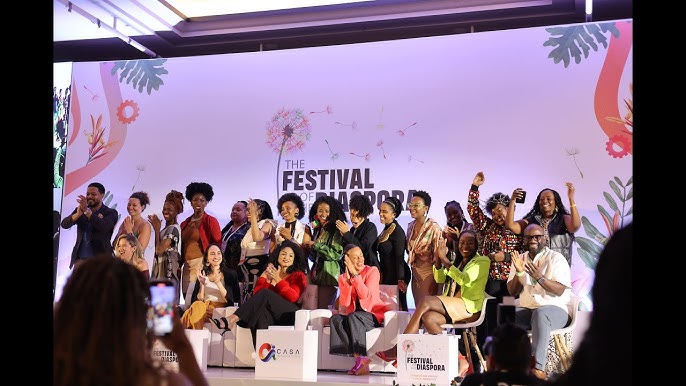
Cordell’s Playbook for a Tough Funding Climate
1) Recalibrate Philanthropic Expectations
- Foundations are market-makers, not gap-fillers for federal cuts.
- Push for larger, longer-term, lower-friction grants—especially for credible emerging orgs.
2) Treat Efficiency as a Mission Strategy
- Run a true P&L mindset: revenue clarity, expense discipline, and speed to decision.
- Expect and plan for M&A (mergers, shared services, fiscal sponsorships).
- Cut “nice-to-have” ops; protect program engines and revenue-enabling roles.
3) Build Local Public Partnerships
- Partner with city/county/school systems to unlock recurring budget lines.
- Use public dollars as match leverage with regional and national funders.
4) Lead with Humility (and Retain Talent)
- Your job as leader = create upwardly mobile experiences so people grow with you.
- Own your management gaps; reduce churn. It’s cheaper to keep them—and better for continuity.
5) Be Scrappy, Not Stalled
- Insourcing selectively beats slow, costly outsourcing.
- Bank the savings into an operating reserve; weather lean months.
A 90-Day Efficiency Sprint (Template)
Weeks 1–2: Baseline
- Build a unit economics view per program (cost per outcome, fully loaded).
- Map restricted vs. unrestricted funding, burn rate, runway, and AR/AP cadence.
Weeks 3–4: Decide
- Kill, pause, or redesign underperformers.
- Identify 2–3 “merge or share” targets (back office, finance, HR, IT, evaluation, facilities).
Weeks 5–8: Execute
- Stand up one shared-service pilot (e.g., finance + HR).
- Submit 1 public-sector proposal with a co-delivery partner.
- Re-scope 1 major grant to multi-year with biannual reporting.
Weeks 9–12: Lock-in
- Launch a board M&A taskforce; set criteria and timeline.
- Implement monthly KPI dashboard (see below).
- Publish a 1-page funder memo: “Here’s how we got leaner, faster, better.”
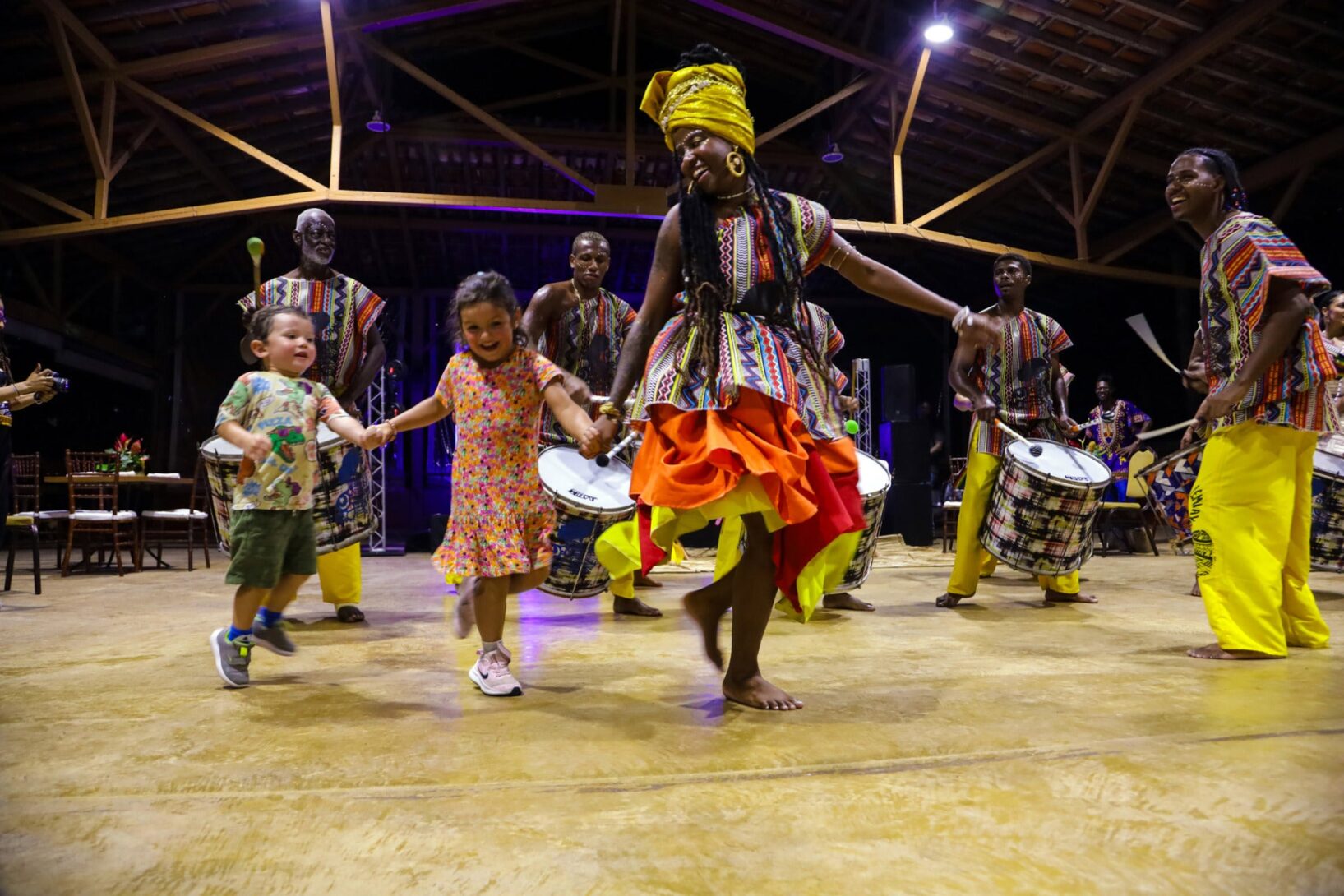
Pull Quotes to Share
- “The best way to get funded is to prove you can win with what you already have.”
- “Foundations are market-makers. Incentivize mergers where duplication dilutes impact.”
- “Leadership is giving your team a real shot to win—humility included.”
- “We can’t expect philanthropy to backfill federal cuts at scale.”
Full Q&A with Cordell Carter
Q: Tell us about your work at the Aspen Institute and the programs you lead.
A: I’ve been at Aspen for almost a decade, first leading the Socrates program, a global forum for values-based dialogue. In 2021, I launched the Project on Belonging, which uses American history to tell a more positive story of expansion and enfranchisement. We do forums across the country—community-hall style gatherings where people can share concerns and optimism.
Q: How does this fit into Aspen’s larger mission?
A: Aspen is built on leadership, ideas, and action. There are around 80 programs, from tech policy to sports and society to philanthropy. Think of it as a university for civil society. We also have 16 international institutes; I’ve worked with 10 of them, in countries from Japan to Colombia. It’s an intellectually rich community.
Q: What is your personal mission in this work?
A: I’m a connector. My job is to identify people who should know each other and create platforms where their collaboration can spark impact. That could mean matching resources to projects, entrepreneurs to organizations, or leaders across continents. The Festival of the Diaspora is one of those platforms—it brings diverse voices into one space to catalyze action.
Q: The Festival of the Diaspora is heading into its fifth year. What makes it unique?
A: We move locations every year—San Juan, Cartagena, Rio, Medellín, and next year Puerto Rico. It began as a space for Gen X leaders being squeezed between boomers and millennials. It has grown into four parts: a pitch competition, deep expert-driven content, a fashion show that opens markets for designers, and the new FOTD 100—a leadership list honoring 100 innovators across the Americas. It’s about cross-cultural collaboration and lowering barriers to entry.
Q: How do you see philanthropy evolving right now?
A: Big philanthropy is finally tapping more of their corpus and making larger bets, which is good. But they need to embrace risk. Too many nonprofits are duplicative. Funders should incentivize mergers. On the practitioner side, the best way to get funded is to show you can win with what you already have. And we can’t expect philanthropy to replace government funding—the scale is just not possible.
Q: You’ve said efficiency is critical. Can you expand?
A: Nonprofits need to operate like the private sector. That includes mergers and acquisitions. A good example is Cultural Vistas merging with Global Pathways—they became the dominant player in their space and are thriving even with shrinking funding. Leaders must make tough calls: you may lose staff, but preserving the mission matters more.
Q: What advice would you give smaller, community-based nonprofits?
A: Partner with local government and community foundations. When I worked in Tennessee, partnering with city schools unlocked city budget funding. That became a game changer and helped us match funds with private philanthropy. Local relationships create stability.
Q: You emphasize humility in leadership. What does that mean to you?
A: Leaders must have a clear philosophy. Mine is: I’m the coach, and my job is to give my team an opportunity to win. That means creating upwardly mobile experiences so staff grow during their time with you. I also had to learn humility—realizing at one point that I was the problem in high turnover. Owning mistakes, asking people back, and focusing on people’s growth makes you a better leader.
Q: How do you view the future of nonprofit funding?
A: I think the federal government will eventually step back in, realizing cuts are more costly in the long run. Strong organizations that survive now will be best positioned when funding returns. In the meantime, nonprofits must be scrappy, cut unnecessary costs, and build rainy-day funds.
Q: What’s ahead for your projects?
A: I’m co-chairing a summit in São Paulo, hosting the Afrofuturism Festival in Salvador, and leading dialogues in Colombia and Ghana. And of course, we’re preparing for our Festival of the Diaspora in Puerto Rico next March.
Q: One last piece of advice for nonprofit leaders?
A: Walk for an hour every morning before sunrise to clear your head—because once the day starts, you’re putting on a hard hat. It’s tough times, but this too shall pass.

